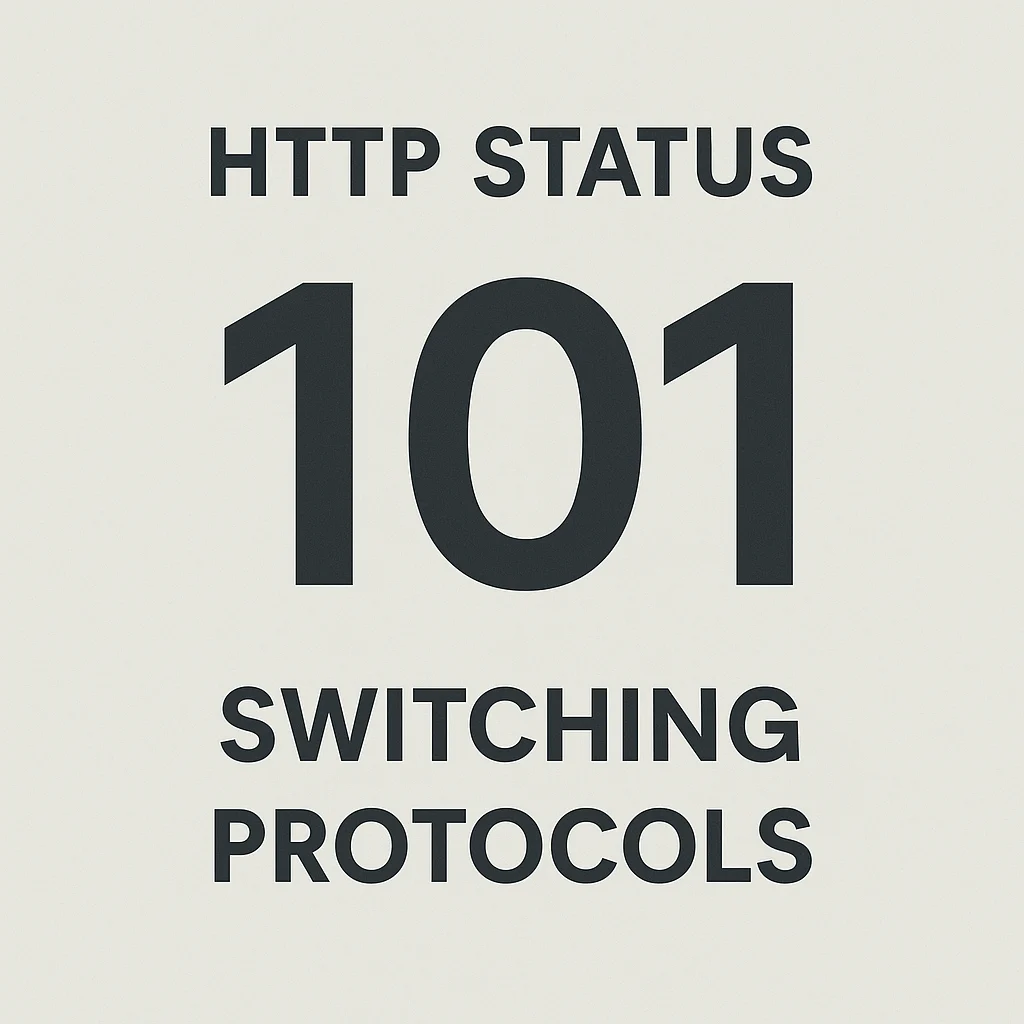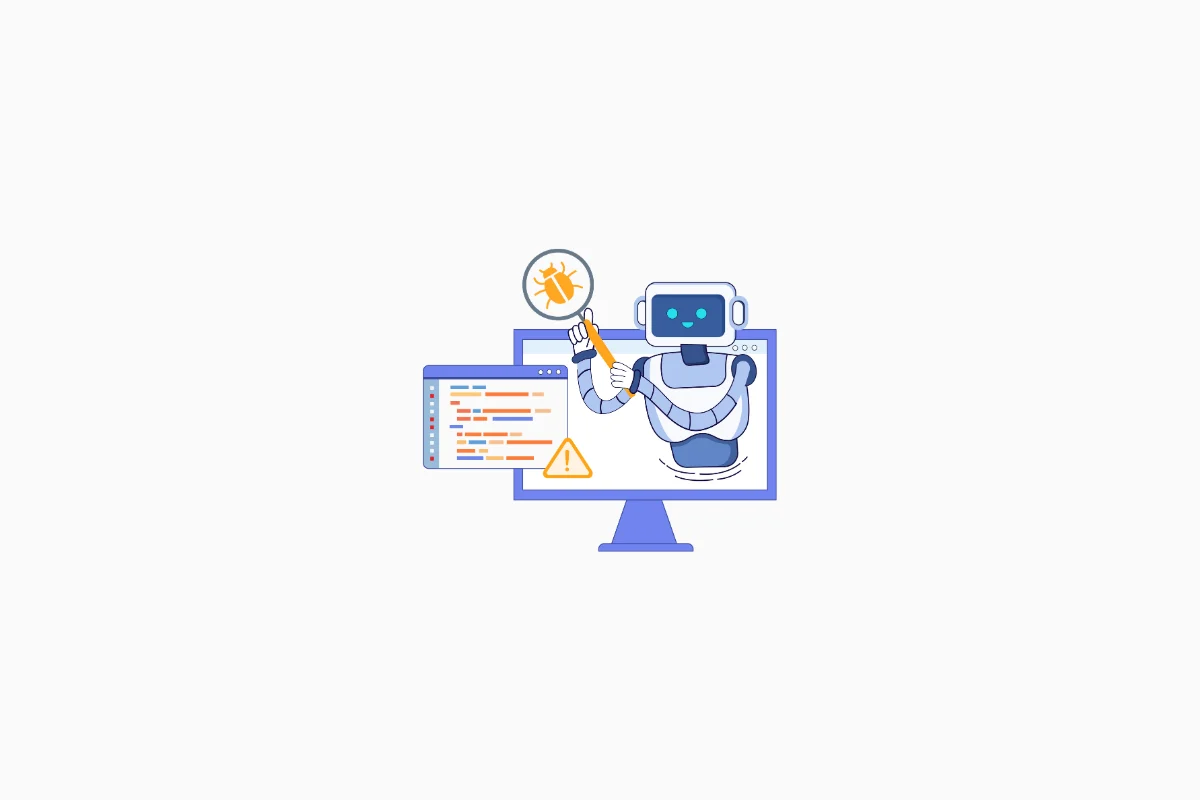HTTP status codes play a crucial role in server-client communication, indicating the outcome of HTTP requests. While most businesses are familiar with common codes like 200, 404, or 500, the 1xx category (particularly status code 101) is less discussed but strategically important.
Status code 101, “Switching Protocols,” signifies a successful agreement between the client and server to change the application-layer protocol. This mechanism is foundational to modern features such as real-time communication and persistent connections.
For business-critical systems leveraging WebSockets or HTTP upgrades, understanding how 101 operates can provide insight into connection management, performance optimization, and protocol flexibility across web infrastructure.
Table of Contents
What Is HTTP Status Code 101?
HTTP status code 101 is part of the informational 1xx class and stands for “Switching Protocols.”
When a client sends a request containing an Upgrade header (e.g., to shift from HTTP/1.1 to WebSockets), the server evaluates the request and may respond with a 101 code. This code indicates that the server agrees to switch to the specified protocol.

Unlike final response codes, 101 is transitional. It informs the client that the server understands and is willing to comply with the request to switch protocols, and that the connection will be governed by the new protocol from that point onward.
This is especially relevant in applications that require real-time, bidirectional communication. The 101 response facilitates the initial handshake in technologies like WebSockets, enabling performance benefits that HTTP alone cannot deliver.
Therefore, for backend systems managing live feeds or persistent sessions, proper implementation of 101 ensures efficient protocol negotiation and seamless connection continuity.
When and Why Is It Used?
Status code 101 is used during protocol negotiation, where the client requests a shift to a different application-layer protocol. It is not an error but an acknowledgment that the server agrees to proceed with the requested upgrade.
This transition is essential in reducing overhead for use cases requiring lower latency or sustained connections.
HTTP alone is limited in handling real-time interactions. Switching to WebSockets, for instance, provides full-duplex communication over a single TCP connection. The 101 code facilitates this shift, marking the server’s acceptance of the new protocol.
This is particularly useful in business environments where performance and real-time interaction are critical, such as:
- Transitioning from HTTP/1.1 to WebSockets for live chat or dashboards.
- Upgrading to HTTP/2 when supported by both ends.
- Switching to proprietary protocols in secure enterprise systems.
- Handling persistent connections in IoT or telemetry data collection environments.
Used correctly, 101 can streamline communication architecture while maintaining protocol integrity.
101 vs Other Informational Status Codes
Informational status codes (1xx) serve as provisional responses, informing the client that the initial request was received and is being processed. While most of them are rare in typical web development, understanding their distinctions is valuable.
| Status Code | Meaning | Common Usage Scenario |
| 100 | Continue | Indicates the server received headers and awaits the body |
| 101 | Switching Protocols | Acknowledges protocol upgrade (e.g., to WebSocket) |
| 102 | Processing (WebDAV) | Informs the client that the server is still processing |
Among them, 101 is the most actionable, directly tied to upgrading protocols. It differs from 100, which merely signals readiness for further input, and 102, which is more aligned with long processing delays.
Developers should view 101 as a handshake validator. Unlike final response codes, it marks a transitional phase during which the server switches its behavior, which is particularly critical in scenarios where performance and persistent connectivity matter.
How to Handle 101 Responses Effectively
Proper handling of HTTP 101 guarantees seamless protocol transitions and system stability. It requires:
- Client-Side Upgrade Requests: Ensure the client sends a correct Upgrade header and Connection: Upgrade. Example:
| http GET /chat HTTP/1.1 Host: example.com Upgrade: websocket Connection: Upgrade |
- Server-Side Agreement: The server must validate the upgrade request and respond:
| http HTTP/1.1 101 Switching Protocols Upgrade: websocket Connection: Upgrade |
- Secure Context: Use HTTPS when switching protocols, especially for WebSockets, to avoid man-in-the-middle risks.
- Fallback Handling: Implement graceful degradation in case the server does not support upgrades, preventing client-side failures.
Best Practices and Considerations
To ensure efficient and secure use of 101 responses:
- Use only when absolutely necessary to avoid overcomplicating your connection logic.
- Validate both request and response headers for compliance and consistency.
- Ensure backward compatibility for clients that may not support the upgraded protocol.
- Log handshake events to assist with debugging intermittent upgrade issues.
- Avoid unnecessary upgrades when HTTP suffices. Only use 101 if the switch yields measurable benefits.
These practices can reduce errors and improve communication reliability in enterprise-grade systems that leverage real-time protocols or persistent data streams.
Conclusion
HTTP status code 101 is vital in negotiating protocol upgrades, allowing systems to shift into more performant communication modes like WebSockets.
Though less commonly encountered, its correct use enhances efficiency and scalability, especially in environments reliant on low-latency data transmission.
For business systems aiming to stay robust and real-time, understanding and implementing 101 responses correctly is essential. When used with best practices, it becomes a powerful tool for optimizing server-client communication in modern web architectures.


